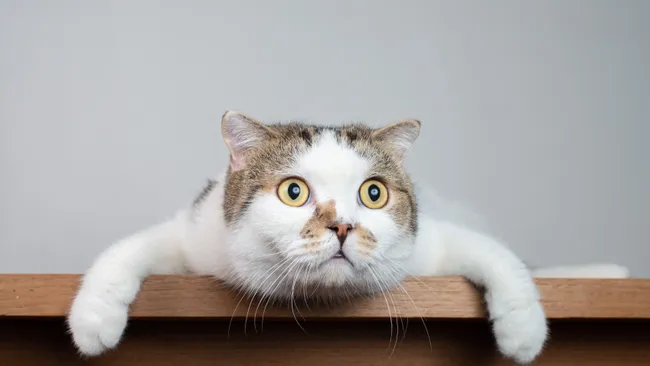Despite the millennia-long companionship between humans and cats, the enigma of how felines produce their soothing purring sounds continues to elude scientific clarity. However, recent research has tantalizingly inched us closer to unraveling this mystery.
Researchers may have finally unraveled the mystery behind how cats produce their distinctive purring sounds, and the answer might lie in a unique structure within their voice box.
Traditionally, some scientists believed that cat purring resulted from the contraction and relaxation of muscles in the vocal folds of the larynx. However, new research challenges this notion, proposing that cats possess special “pads” in their voice box that contribute to generating their ultra-low-frequency purrs.
Despite humanity’s extensive history of living with cats, the exact mechanism behind their purring has remained elusive. Robert Eklund, a linguist at Linköping University in Sweden, expressed, “We’ve lived with cats as pet animals for 10,000 years probably, and it’s one of the most famous animal sounds around. But we still don’t know how they do it.”
The study, published in the journal Current Biology, involved blowing air through extracted larynxes from euthanized cats with terminal illnesses. Contrary to previous assumptions, the researchers discovered that the larynxes produced purr-like sounds without any active muscle contraction or release. Additionally, the cats’ vocal cords exhibited vibrations similar to the “vocal fry” sound in humans.
Despite their petite size, cats can produce low-frequency purring sounds, possibly due to “pads” of tissue attached to their vocal cords. While this finding doesn’t dismiss the theory of muscle involvement, it opens avenues for further research.
Eklund hailed the research as a “milestone” in understanding the mechanics of purring. However, determining precisely how cats purr remains a complex challenge. Theoretically, functional magnetic resonance imaging (fMRI) could provide insights, but conducting such experiments on conscious, purring cats presents ethical concerns.
“It’s not like you can ask them to purr, and they will do it,” remarked Eklund, highlighting the intricacies of deciphering the feline enigma.
